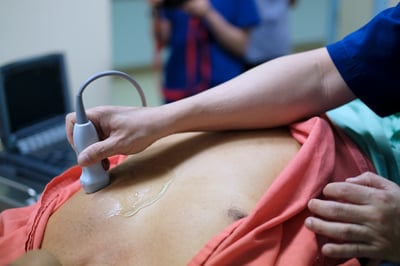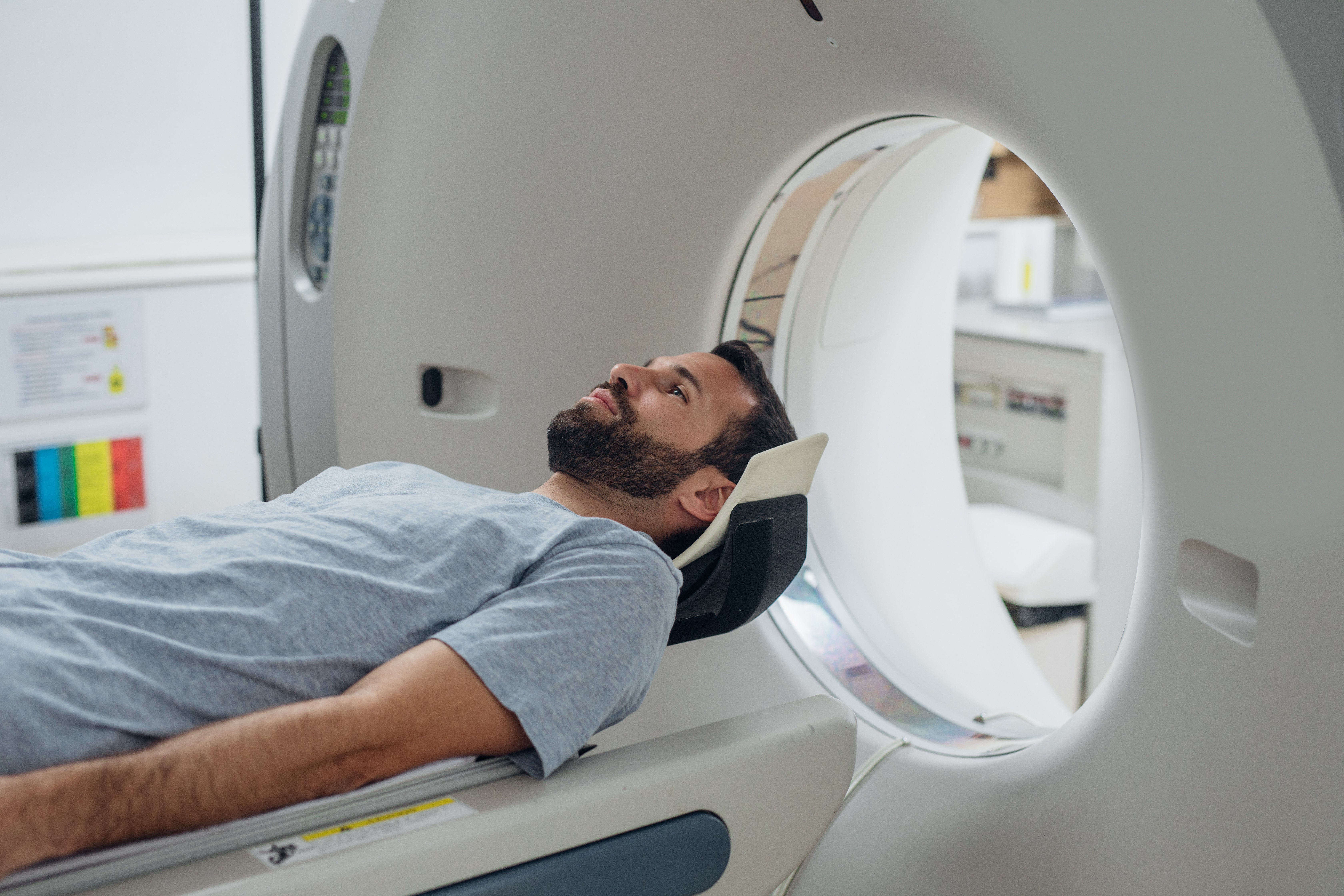Sydney Cardiology Common Tests
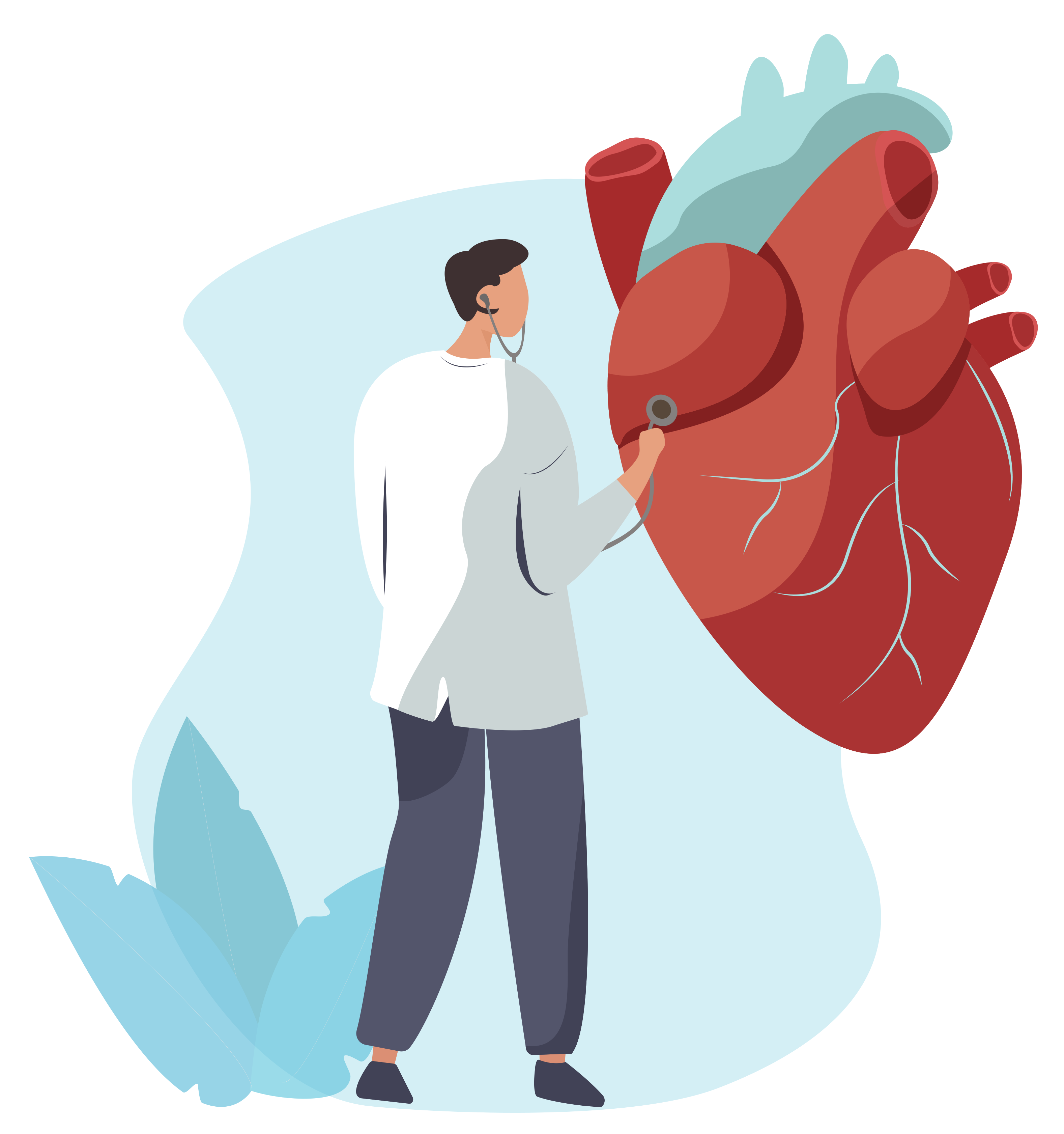
At Sydney Cardiology
Our expert team of cardiologists perform tests using cutting-edge equipment to assess your cardiac health. These procedures best equip our cardiologists with the knowledge to inform on appropriate treatment and procedure options.
Common initial tests
Stress echocardiogram
A stress echocardiogram (stress echo) is performed using a combination of ultrasound with an exercise ECG test (stress test). The test compares how your heart muscle is pumping before and after exercise. It evaluates the function of the heart, and looks for blocked coronary arteries which can cause a heart attack.
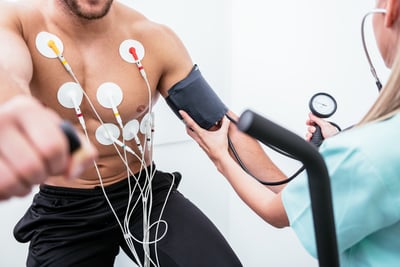
- Out-patient
- 40 minute duration
We perform the test in our consulting rooms with a technician and a supervising cardiologist. We initially use ultrasound imaging to see how the heart is performing at rest. Then you’ll be asked to spend up to 10 minutes on a treadmill to measure the heart under stress. After this, more echo pictures are taken to evaluate the heart function.
- Wear two-piece clothing that is comfortable and loose-fitting
- A loose-fitting gown will be provided
- Wear comfortable enclosed footwear
- Bring a list of your medications
- Bring a list of past medical procedures
- Out-patient
- 30-40 minute duration
An echo is a simple test to have done. We’ll ask you to lie on an examination table and a technician will hold a transducer (a device that resembles a computer mouse) against your chest, slowly sliding it back and forth. You might be asked to roll on your side during the test, or hold your breath for a few seconds.
- Wear two-piece clothing that is comfortable and loose-fitting
- A loose-fitting gown will be provided
Electrocardiogram (ECG)
An ECG test uses a machine to measure and record the electrical activity of your heart. The test is used to assess the heart rate and rhythm, and screen for other forms of heart disease. Electrodes are placed on your skin, and the electrocardiograph records the electrical activity of the heart muscle. The data collected is displayed as a trace on a screen or on paper for interpretation.
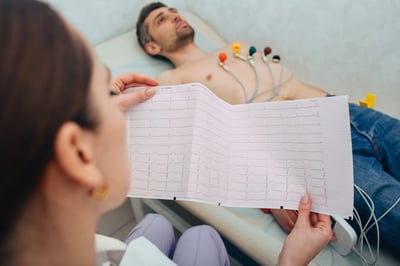
- Out-patient
- 5-10 minute duration
The ECG is a simple and painless test to have done. You’ll be asked to remove all clothing and jewellery to the waist, so the electrodes can be placed on different parts of your body. We’ll ask you to stay still and breathe normally while the machine takes samples.
- Wear two-piece clothing that is comfortable and loose-fitting
- A loose-fitting gown will be provided
Common follow-up tests
A Holter Monitor is a small, wearable device that continuously records your heart’s rhythm. It is worn for at least 24 hours during normal daily activity. The test helps evaluate the type and amount of irregular heart beats during usual daily activity, exercise and sleep. The Holter Monitor assists in diagnosing abnormalities in the heart (eg. heart palpitations and heart arrhythmia.)
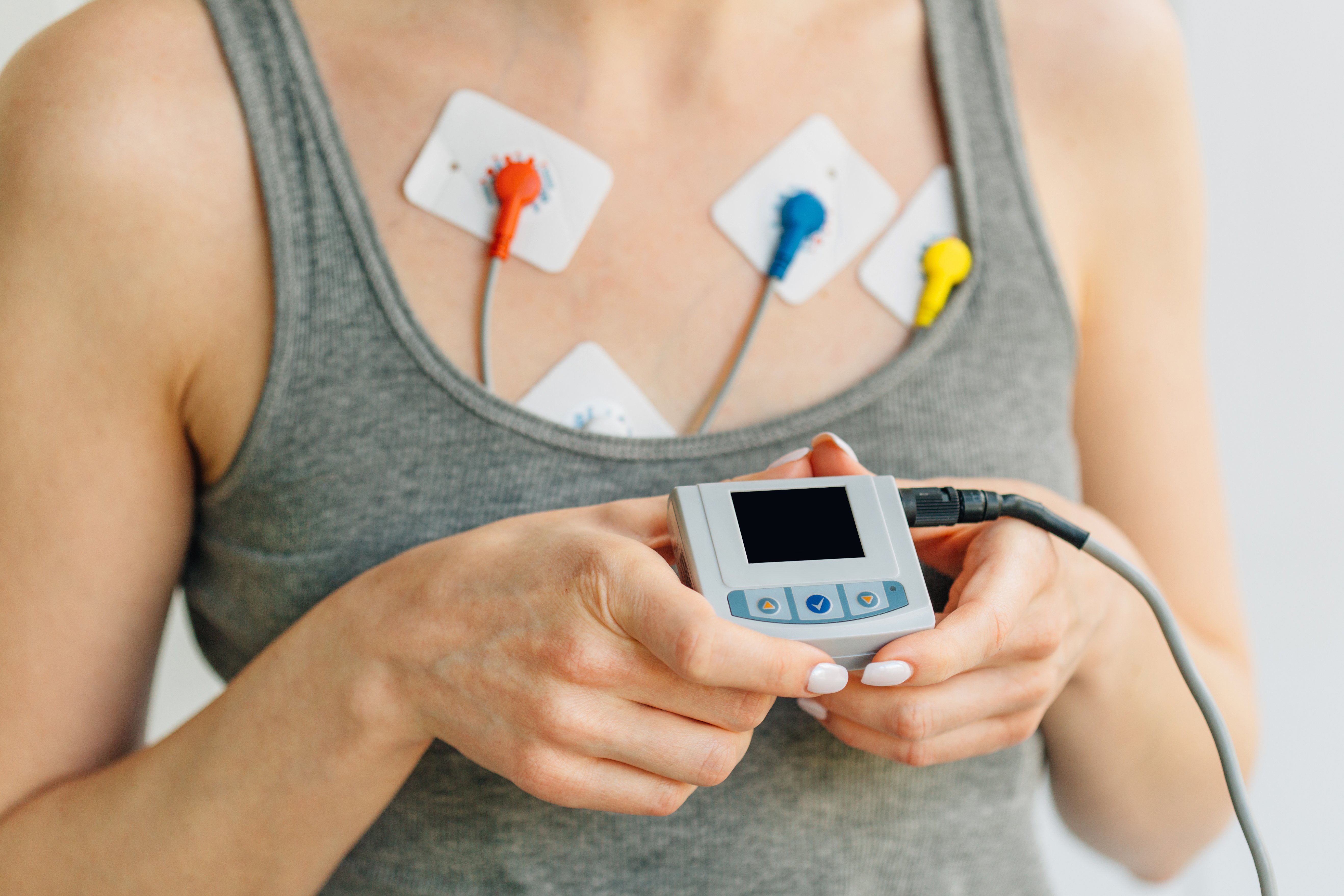
- Worn for 24-48 hours
- Device cannot get wet
The test is performed by sticking small conducting patches on to your chest, which are attached to a small recording Monitor (the Holter monitor).
An ambulatory blood pressure monitor is a small device, which is used to regularly measure and record blood pressure over 24 hours. It’s a simple and effective way to monitor your blood pressure over an extended period.
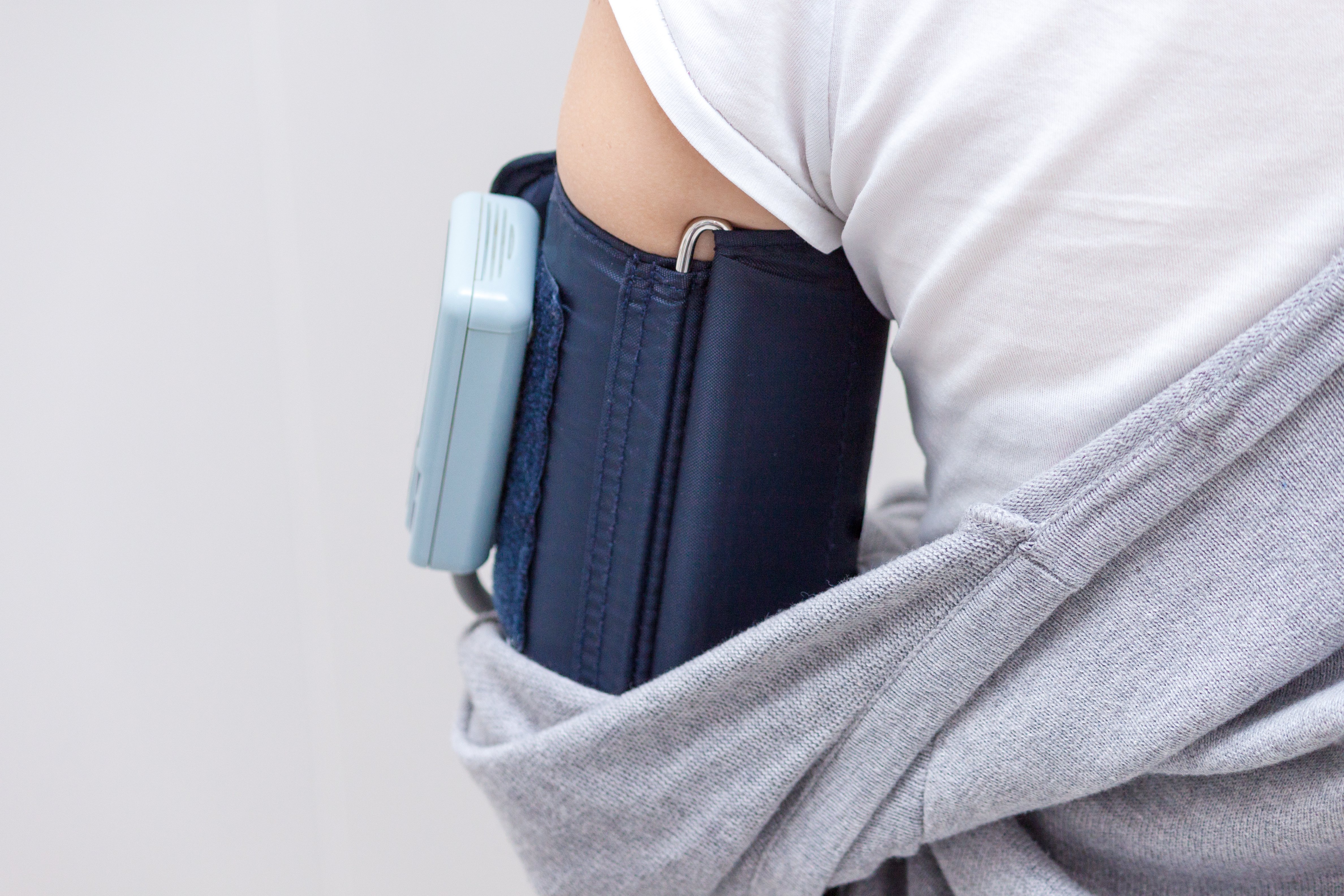
- Worn for 24 hours
- Device cannot get wet
The ambulatory blood pressure monitor is fitted around your upper arm. It inflates every half an hour during the day, and once an hour at night. The monitor indicates your blood pressure during your daily activities, including sleep and rest periods. Because the monitor can’t get wet, it’s best to shower before it’s fitted. We recommended to wear a comfortable two-piece outfit during wear.
Out-of-practice tests
- Performed at a radiology centre
- Non-invasive
- 15-20 minute duration
The coronary calcium scoring test is a simple and painless test to have done, and involves an ECG test. You’ll be asked to remove all clothing and jewellery to the waist, so the ECG leads can be placed on different parts of your body. We’ll ask you to stay still and breathe normally while the machine takes samples. There is no needle injection.
- Wear two-piece clothing that is comfortable and loose-fitting
- A loose-fitting gown will be provided
- You will be asked to remove clothing to the waist
Electrophysiology study (EPS)
An EPS is a low-risk procedure used to diagnose and treat cardiac rhythm disturbances (eg. cardiac arrhythmia). By using pacing wires, we’re able to identify your rhythm disturbance and select the best method of treatment for you.
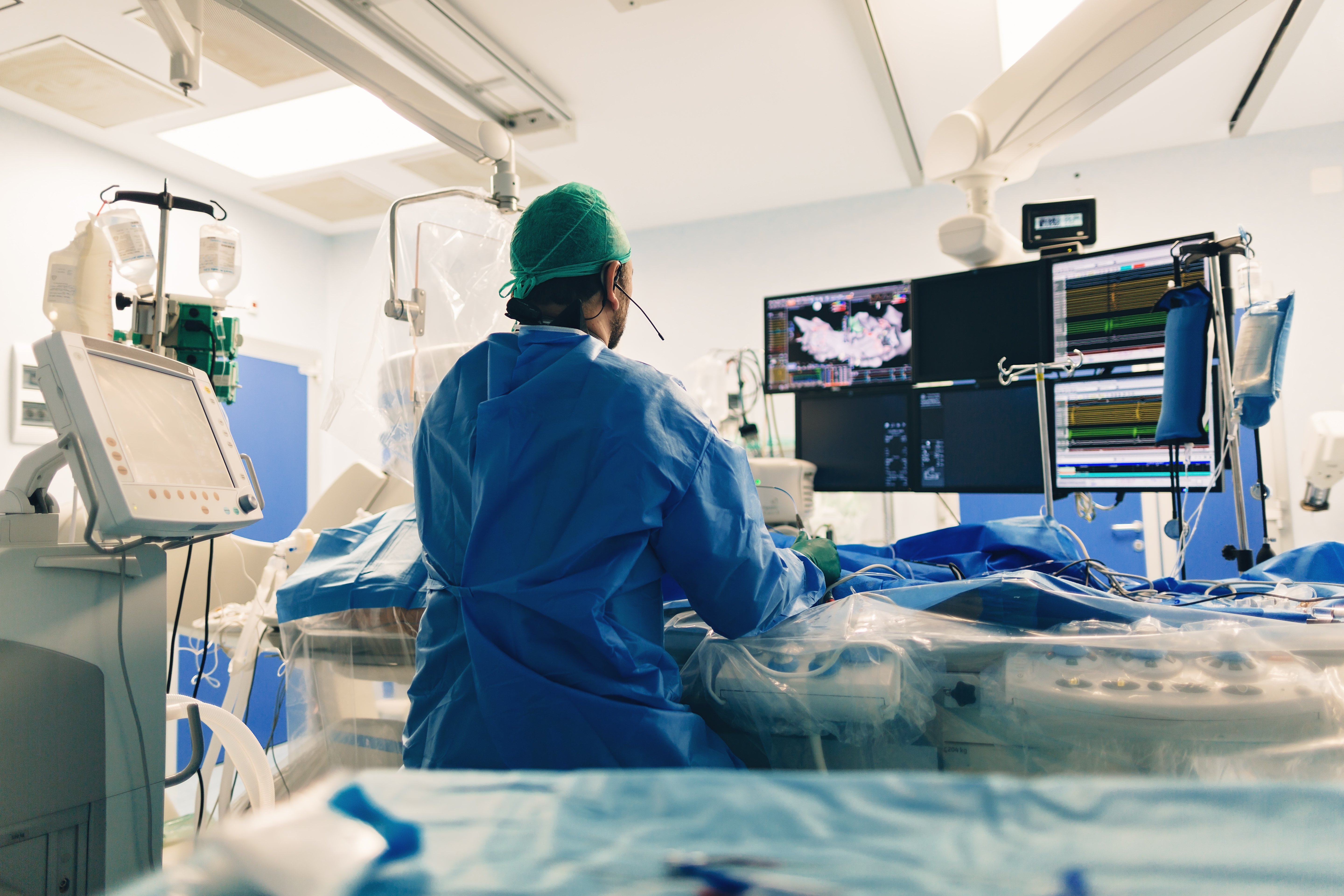
- Performed in a hospital
- 1-4 hours duration
For an EPS test, you’ll lie on a theatre table covered with sterile drapes. Your doctor will insert some local anaesthetic at the sites where catheters are to be inserted. You might feel some initial discomfort with this, but this should disappear in less than a minute. Between one and four pacing electrodes are used and placed in different positions in the heart, and your doctor will give small electrical impulses through these electrodes, causing your heart to beat at different rates.
- Fast for at least 4 hours before the procedure
- Bring a list of your medications
- Bring a list of past medical procedures
- Wear two-piece clothing that is comfortable and loose-fitting
- A loose-fitting gown will be provided
Menu
Common initial tests
Common follow-up tests
Out-of-practice tests
Book Appointment
Book an appointment online or contact one of our locations directly.
